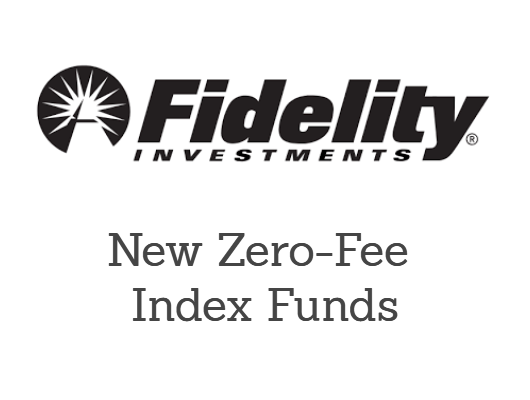This weekend, social media giant Facebook announced new advertising products. Noteworthy new in the lineup is TRP buying: a product which combines TV and Facebook advertising. The company is enlarging its partnership with information and measurement company Nielsen in order to offer advertisers to combine TV and online ads. Why is Facebook looking at old school tv advertising?
Ratings measurement
TRP stands for Total Rating Point and is used by Nielsen to measure the amount of viewers reached in a certain target group. When planning advertising campaigns, companies determine to how many consumers of a certain group, for instance millennials or seniors, they want to reach out for during the campaign. The Nielsen TRP measurement makes it possible for advertisers to plan their campaigns along a certain time of day or TV-programs. Facebook’s TRP buying seeks to combine the use of TV and online (video) advertising. For instance, if a certain target is met on TV, advertising in online video will take over. Facebooks goal is obvious: to take a major chunk of the advertising revenues pie which is currently going to TV advertising. We’re talking about big numbers. Consultancy Firm PWC estimates that TV advertising will reach USD 204.1 billion in 2019, due to an annual growth of 4.1%. The current numbers for internet advertising are also impressive. As at end of 2014 standing at USD 135.4 billion, Global internet advertising is expected to reach USD 239.9 billion in 2019. And Facebook wants a share of both slices of the pie.

Cross media consumer relationships
Currently Facebook is a pure online & mobile advertising play, but already has experience with video ads. The TRP-buying program would be an enhancement. According to research firm eMarketer, digital video advertising is expected to reach nearly USD 15 bn in 2019. This is very modest compared to the TV ad revenues. So from this perspective the new ad product is a logic step as well. Facebook says that in pilot campaigns, advertisers saw a 19% increase in targeted reach versus TV alone. The success rate is even +39% when targeted to Millennials. Remarkably, the company specifically targets Brand Awareness in its new campaigns. Facebook explains this by mentioning that the company offered fewer options in this category. This may be a good rationale, however sounds very traditional as this was the prime goal of old-fashioned TV campaigns. PWC projects that consumers, especially younger generations are seeing less and less difference in traditional and online media. However, advertising campaigns are still quite rigid focused on one particular medium. With boundaries fading, cross media advertising is the way to go.
Step to the future
Facebook’s new advertising product is the right way to go if cross channel advertising will take off even further. In Q2-2015, the company saw its advertising revenues increasing with 43% YoY. To maintain these high growth rates, it should tap more options in the advertising business. However, the question will be how traditional media will react to TRP-buying. TV-channels could lose significant amounts of money out of their already shrinking budgets if advertisers drastically move away from the traditional advertising programming. As a result, to match TRP-buying campaigns, price competition could increase. Will Facebook cooperate with TV-channels or is it aiming directly to marketers? Obviously Facebook is pointing out the positives, but will TRP-campaigns be successful across the board? Is it only interesting for big corporates? There are still some questions to be answered, but for now, the cross medial approach looks like a logic step into the future of advertising. The increase of Facebook’s product portfolio is positive for future earnings and therefore its shares.

